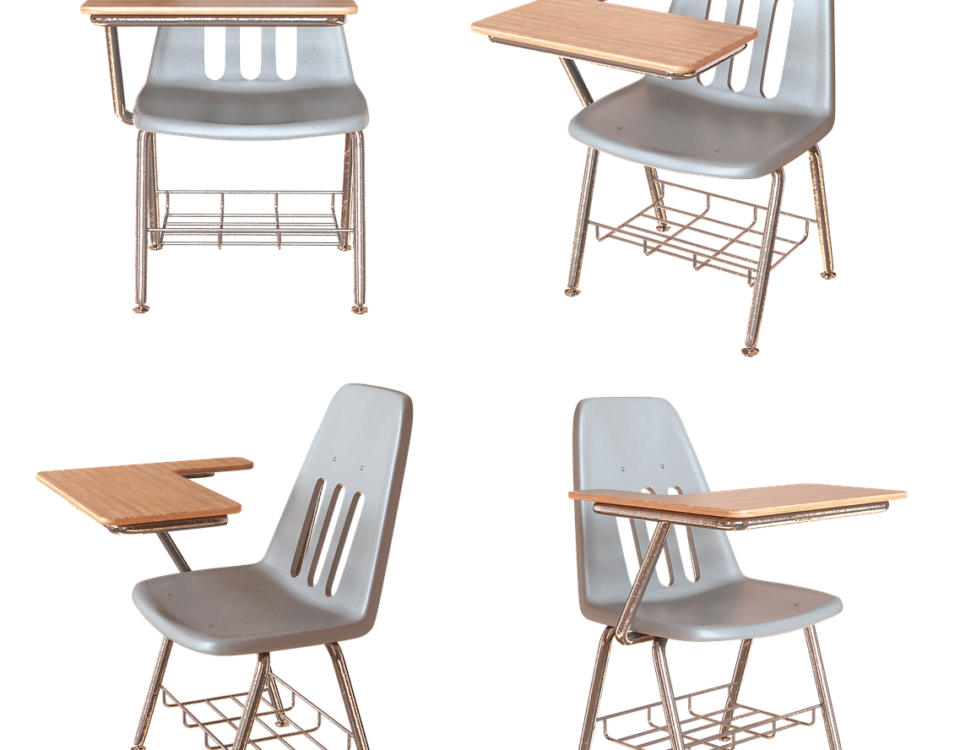Features of Laser Near-Forming Technology

Basic Principle of Laser Near-Forming Technology
February 18, 2025
ExpressTool™ Rapid Molding Process Flow and Related Technical Issues
February 18, 2025Laser Near-Forming technology offers several key advantages over traditional machining methods. By combining the precision of laser technology with rapid metal deposition, this method provides a highly efficient and versatile approach to manufacturing. Below are some of the primary features that make Laser Near-Forming technology stand out.
1. Low Processing Costs
One of the most significant advantages of Laser Near-Forming technology is its low processing costs. Unlike traditional machining methods, there are no complex or multiple steps involved in the production process. The laser system directly forms the metal part, eliminating the need for additional post-processing or handling stages. This reduction in the number of steps leads to substantial cost savings, making the technology more cost-efficient, especially for producing custom or low-volume parts.
2. Wide Range of Coating Materials
Another notable advantage of Laser Near-Forming is its wide range of coating materials. The process allows manufacturers to choose from a variety of materials for deposition, providing flexibility in material selection to meet the specific requirements of different applications. Additionally, these materials contribute to the extended lifespan of molds and components. This versatility in material choice helps improve the durability and performance of the final product, making it suitable for high-demand industries such as aerospace and automotive.
3. High Material Utilization
Laser Near-Forming is designed to maximize material utilization. Unlike traditional subtractive manufacturing methods, which involve cutting away material from a solid block, this technology deposits material only where it is needed. The laser precisely targets specific areas, leading to minimal waste and more efficient use of the raw material. As a result, manufacturers benefit from cost savings, reduced waste, and an environmentally friendly production process.
4. Accurate Positioning and Rapid Cooling
The technology’s precise positioning capabilities are another key feature. The laser focuses on small areas, creating a narrow heat-affected zone (HAZ) and a small molten pool, which can rapidly cool after the laser beam passes. This precision in the processing area has several advantages:
- Reduced impact on the underlying material: The small heat-affected zone means there is less thermal distortion or damage to the surrounding material, ensuring the integrity of the part.
- Fine microstructure: The rapid cooling process helps form a fine microstructure in the solidified metal, which contributes to a dense and durable part. This ensures that the final product has sufficient strength and toughness to meet the performance demands of various applications.
This controlled cooling process is one of the most important features of Laser Near-Forming, as it allows for the production of high-quality parts with superior mechanical properties.
5. Protective Gas Atmosphere for Enhanced Quality
Similar to laser welding and laser surface coating, Laser Near-Forming is carried out within a sealed chamber with an inert gas atmosphere. This protective environment is essential for several reasons:
- Prevents oxidation of metal powders: The inert gas helps prevent the metal powders from oxidizing during the laser melting process, ensuring the material maintains its quality and integrity.
- Reduces surface tension: The gas atmosphere helps reduce surface tension in the deposited layers, improving the wetting ability of the material and ensuring better bonding between layers.
- Safety: The controlled gas environment not only improves the quality of the parts but also enhances workplace safety by reducing the risk of harmful emissions and protecting workers from exposure to potentially hazardous fumes.
This sealed chamber with a protective atmosphere ensures that the process runs smoothly while maintaining high-quality results and a safe working environment.
Conclusion
Laser Near-Forming technology provides numerous advantages over traditional machining methods, including lower costs, higher material utilization, and the ability to create components with exceptional strength and durability. Its ability to use a wide range of materials, combined with precise laser control and rapid cooling, ensures the production of high-quality, complex metal parts suitable for demanding industries. Additionally, the protective gas atmosphere further enhances the process by preventing oxidation and improving bonding, making Laser Near-Forming an effective and reliable solution for modern manufacturing needs.


